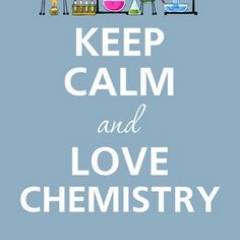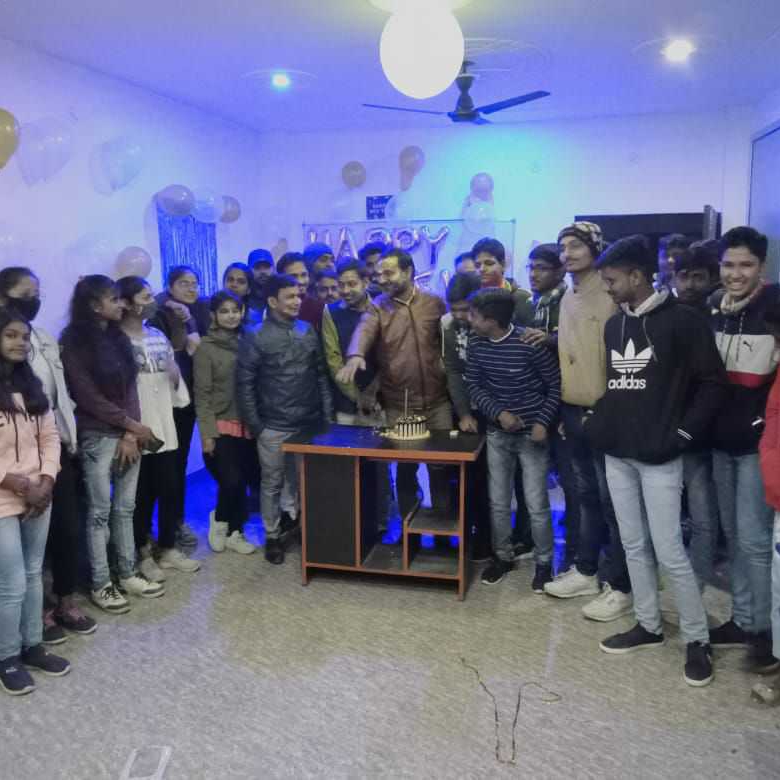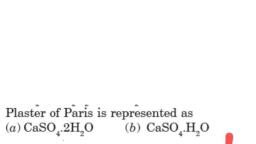Question 1 :
Among the alkali metals, the metal with the<br/>highest ionisation potential is:<br/>
Question 5 :
Choose the correct answer form the alternatives given.<br>All alkali halides are soluble in water except LiF. The low solubility of LiF in water is due to its ______(i) the low solubility of CsI is due to ______(ii). LiF is soluble in ______(iii) solvents.
Question 6 :
Alkali metal when exposed to air tarnish quickly due to the ________.<br/>
Question 10 :
Assertion: Potassium and caesium are used in photoelectric cells.
Reason: Potassium and caesium emit electrons on exposure to light.
Question 14 :
When cold $NaOH$ reacts with $Cl_2$ which of the following is formed.
Question 16 :
The aqueous solutions of lithium salts are poor conductors of electricity as compared to that of other alkali metals because of:
Question 17 :
Assertion: The ionization energies of group 1 elements (alkali metals) suggest that calcium should be the most reactive but standard electrode potentials suggest that lithium is reactive.
Reason: The oxidation of a metal (M) to form $M^{+}(aq)$ takes place in following <br/>Stages I: Sublimation $M(s)\, \rightarrow\, M(g)\quad \Delta H^{\circ}_{sub}$ Endothermic <br/>Stage II: Ionisation $M(g)\, \rightarrow\, M^{+}(g)\, +\, \begin{matrix}\\e^{-} \Delta H^{\circ}_{ioni}\end{matrix}$ Endothermic <br/>Stage III: Hydration $M^{+}(g)\, +\, H_2O(excess)\, \rightarrow\,\begin{matrix}\\M^{+}(aq)\\\Delta H^{\circ}_{Hydration}\end{matrix}$ Exothermic Overall: $M(s)\, +\, H_2O (excess)\, \rightarrow\, M^{+}(aq)\, +\, e^{-}$ <br/>It is feasible only if more energy is released in stage III than that absorbed in stages I and stages II. $Li^{+}$ being smallest in size, its hydration is maximum, so larger energy released in stage III (exothermic) is much larger than that absorbed overall I stages I and II together. <br/>Thus, Li acts as strongest reducing agent and is the best reducing agent.<br/>Read the above assertion and reason and choose the correct statement regarding it.<br/>
Question 18 :
When sodium is heated in moist air, the ultimate product obtained is:
Question 19 :
Match the compounds given in $(X)$ with their uses in $(Y)$<br><br><table class="wysiwyg-table"><tbody><tr><td></td><td>$X$</td><td></td><td>$Y$</td></tr><tr><td>A.</td><td>$NaOH$</td><td>1.</td><td>Glass</td></tr><tr><td>B.</td><td>$Na_{2}S_{2}O_{3}$</td><td>2.</td><td>Germicide</td></tr><tr><td>C.</td><td>$NaCN$</td><td>3.</td><td>Antichlor</td></tr><tr><td>D.</td><td>$Na_{2}CO_{3}$</td><td>4.</td><td>Soap</td></tr></tbody></table>
Question 20 :
Assertion: $CsF_2$ could not be formed from its elements.
Reason: Enthalpy of formation of $CsF_2$ is much larger which makes $CsF_2$ unstable.<br/><p dir="ltr">Read the above assertion and reason and choose the correct statement regarding it.</p><br/>






































